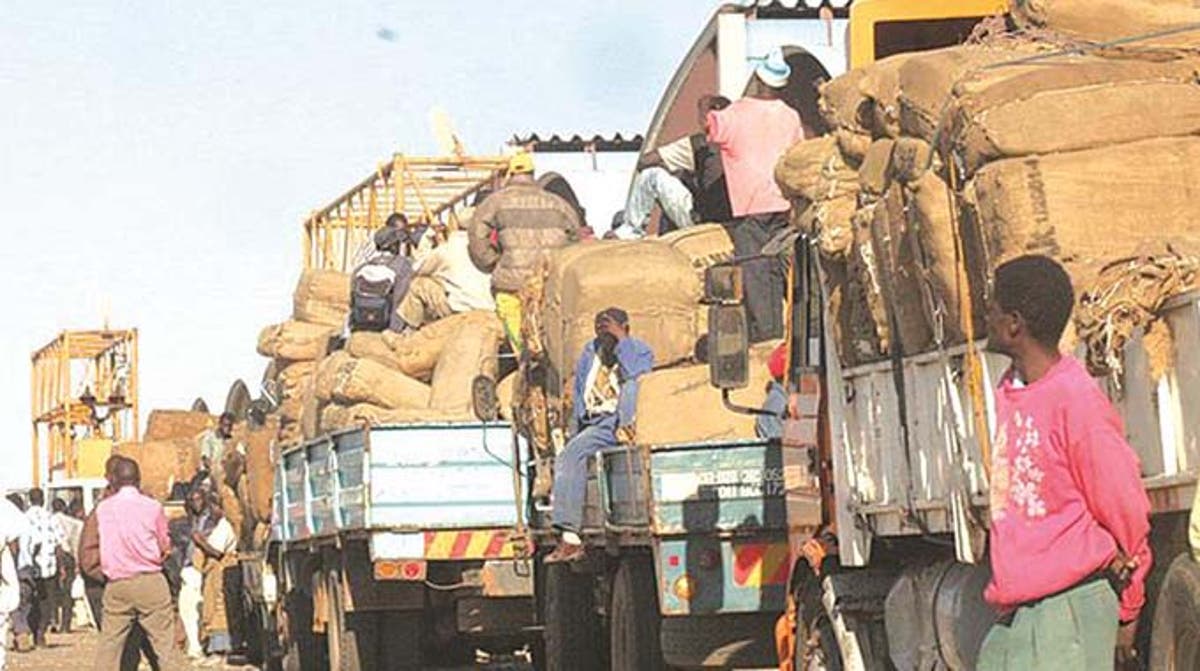Can punishing tobacco side marketers motivate financiers?
Last week, the Government came up with regulatory measures to curb the side marketing of tobacco, a malpractice that continues to pose a huge threat to financing the production of Zimbabwe’s largest agricultural export commodity.
The crop earns the country close to US$1 billion annually.
A Statutory Instrument (SI) published last week says any person or merchant who participates in side marketing of the contracted tobacco crop shall be liable to a fine not exceeding Level Five or to imprisonment for a maximum of six months or both.
Contractors and contracted growers involved in side marketing will also be required to compensate three times the loss suffered by any affected tobacco merchant.
In addition, it requires merchants to adhere to minimum funding requirements.
Side marketing takes place when a merchant buys the crop it has not contracted or when a farmer chooses to sell to another merchant.
What usually pushes farmers to side market is that they will be trying to avoid repaying loans they would have obtained in the form of inputs in full. Nearly 95 percent of tobacco in Zimbabwe is financed by private merchants under various contract farming schemes while 5 percent is done under free funds.
According to regulations, merchants are required to provide inputs worth US$1 000 per hectare for small-scale farmers and US$4 000 for large-scale farmers for the same.
“This serves to notify all stakeholders that the Tobacco Industry and Marketing (Prohibition of Side Marketing) Regulations, 2022 (SI 77 of 2022) (hereinafter titled the Regulations) were published through the Government Gazette of 15 April 2022,” reads an excerpt of the Government gazette issued last week while the TIMB urged stakeholders to abide by the new regulations” to create a viable and orderly market.
Policy long overdue
Industry players say the SI was overdue given the increased risk it was posing to investors as well as low prices offered to tobacco growers to cater for that risk.
“Side marketing is negatively affecting the market in terms of increased risk by investors and prices lowered to growers to cater for this risk,” chief executive of Zimbabwe Tobacco Association (ZTA) Rodney Ambrose told Business Weekly in an interview. “We believe that once a default is identified by or to the regulator, the corrective course of action as directed by the SI will be taken.”
While the SI has been cheered as “critical” to curb side marketing, some industry players said that the TIMB has to “develop” the capacity to implement the policy.
“The SI should come up with the capacity to derive the intended benefits,” Zimbabwe Farmers Union executive director Paul Zakariya said. “If it’s not there, it has to be generated.
Zakariya said; “the application of the law should not be selective,” adding the actions should be taken against the merchants who fail to provide adequate inputs.
“It (the application of the law) should not be one-sided,” said Zakariya.
Poor recoveries
In recent years, many tobacco farmers have failed to recover their investments largely due to side marketing. Poor yields can also result in poor recoveries. In some areas, the recovery rate was as low as 40 percent, according to some merchants.
Business Weekly could not immediately verify the claim with the TIMB by the time of publishing.
Tobacco players maintain side marketing presents a “huge challenge” to the growth of the industry sustaining nearly 150 000 households. They said while the regulations are a welcome development, effective enforcement was critical to curbing the practice.
Historically, Zimbabwe’s tobacco industry has proved to be strategic in terms of providing livelihoods for many people, both rural and urban. The crop-also referred to as the “golden leaf” is also key to economic development, contributing about 10 percent to the gross domestic product and one of the most valuable export commodities.
According to the United Nations’ Food and Agriculture Organisation (FAO), tobacco production makes an important contribution to Zimbabwe’s economy and export revenue, and plays a major role in the national economy.
“The crop normally accounts for more than 50 percent of agricultural exports, 30 percent of total exports and nearly 10 percent of gross domestic product,” FAO says.
While tobacco production took a dip at the turn of the millennium due to several factors including droughts and challenges related to the integration of smallholder farmers, who benefited from the Government’s land reform programme, into the mainstream production of the commodity previously regarded as more technically challenging for black farmers, output has steadily increased with production reaching a record level of 252 million kgs two seasons ago.
Major transparency risks
While Zimbabwe used to pride itself on a vibrant auction marketing system, the viability of tobacco farmers has, however, been seriously eroded as a result of the introduction of the dual marketing system now dominated by contract floors. There are more than 65 contract floors around the country, with the majority being makeshift facilities that present major transparency risks and are seen as compromising
the efficiency of tobacco marketing. Moreso, the situation erodes the appetite for genuine investors to invest in modern marketing facilities in line with global trends.
This poses a major threat to the industry, which is arguably one of the most successful empowerment stories not just in the history of Zimbabwe but at a global level.
Analysts say the mushrooming of the tobacco merchants and the lack of supervision has led to disorderly marketing of the crop, a major export earner for Zimbabwe.
Strengthening the marketing system by eliminating errant merchants has been identified as key to improving transparent and efficient marketing of tobacco.
This can lead to improved production in line with the Government’s target of reaching 300 million kg and encourage investment in value addition and beneficiation.-eBusiness Weekly











